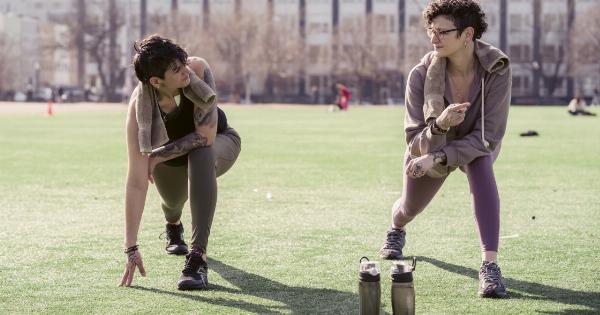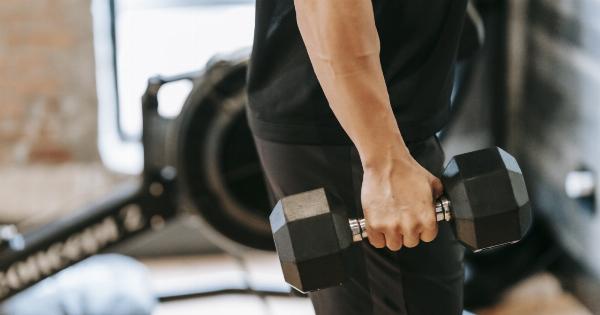As we go about our daily lives, we often take breathing for granted. However, breathing exercises can help us increase the capacity and function of our lungs, leading to better overall lung health.
Below are 10 simple breathing exercises that can be done anytime, anywhere.
1. Diaphragmatic Breathing
Also known as belly breathing, this technique involves deep breathing and using the diaphragm effectively. To practice this, find a comfortable and quiet place to sit or lie down. Begin by placing one hand on your chest and the other hand on your stomach.
Inhale slowly through your nose, focusing on expanding your stomach rather than your chest. Exhale slowly through pursed lips while contracting your abdominal muscles.
2. Alternate Nostril Breathing
Also known as Nadi Shodhana, this practice involves breathing through one nostril at a time while closing the other nostril with your finger. Start by sitting in a comfortable position and closing your right nostril with your thumb.
Inhale through your left nostril for a count of 4, then hold for a count of 2. Close your left nostril with your ring finger and release your thumb from your right nostril. Exhale through your right nostril for a count of 4, then hold for a count of 2. Inhale through your right nostril for a count of 4, then hold for a count of 2.
Close your right nostril with your thumb and release your ring finger from your left nostril. Exhale through your left nostril for a count of 4, then hold for a count of 2. Repeat this cycle for several minutes.
3. Pursed Lip Breathing
This technique helps to control shortness of breath by slowing down your breathing rate and improving the exchange of oxygen and carbon dioxide. Inhale slowly through your nose, then exhale slowly through pursed lips as if you are blowing out a candle.
The exhale should be twice as long as the inhale.
4. Box Breathing
This technique is also known as square breathing and can help with relaxation and stress reduction. Start by breathing in through your nose for a count of 4. Hold your breath for a count of 4.
Exhale through your nose for a count of 4, then hold for a count of 4. Repeat the cycle for several minutes.
5. Deep Breathing
This technique simply involves taking deep breaths. Inhale through your nose, filling your lungs with as much air as possible. Hold your breath for a few seconds, then exhale slowly through your nose, emptying your lungs completely.
Repeat this for several minutes.
6. 4-7-8 Breathing
Also known as the Relaxing Breath, this technique can assist with sleep and relaxation. Begin by emptying your lungs of air. Inhale quietly through your nose for a count of 4. Hold your breath for a count of 7.
Exhale forcefully through your mouth for a count of 8, making a “whoosh” sound. Repeat for a total of four breaths.
7. Breath Counting
Also known as the Counting Breath, this technique involves counting your breaths rather than controlling them. Sit in a comfortable position and close your eyes.
Begin counting each inhale and exhale cycle, counting up to ten and then starting again at one.
8. Lion’s Breath
This technique not only helps to improve lung function, but can also assist with releasing tension. Begin by sitting in a comfortable position and taking a deep breath in. As you exhale, open your mouth wide and stick out your tongue as far as it will go.
Exhale loudly, making a “ha” sound.
9. Kapalabhati Pranayama
This technique is also known as Skull Shining Breathing and involves rhythmic and forceful exhalations. Sit in a comfortable position and breathe normally. Forcefully exhale through your nose while contracting your abdominal muscles.
Inhale passively, using your diaphragm. Repeat this cycle for several minutes.
10. Equal Breathing
This technique involves inhaling and exhaling for an equal count. Find a comfortable position and inhale for a count of four. Exhale for a count of four. Repeat for several minutes, gradually increasing the count if desired.




























